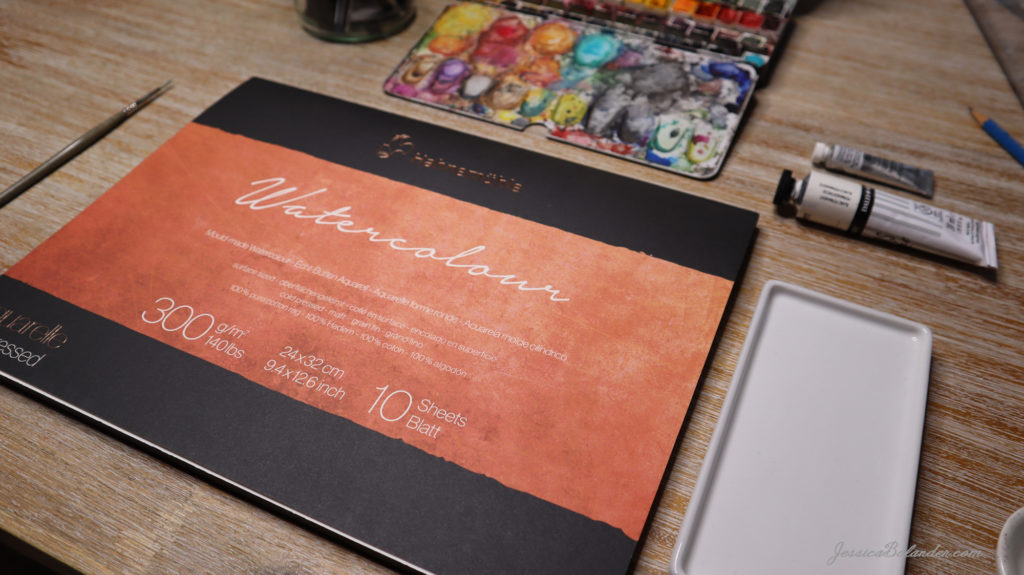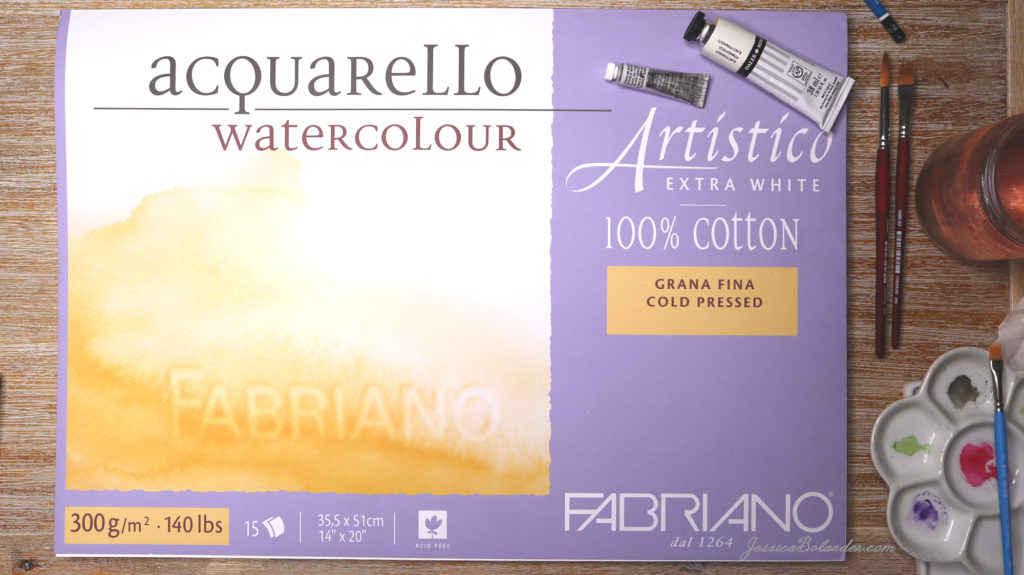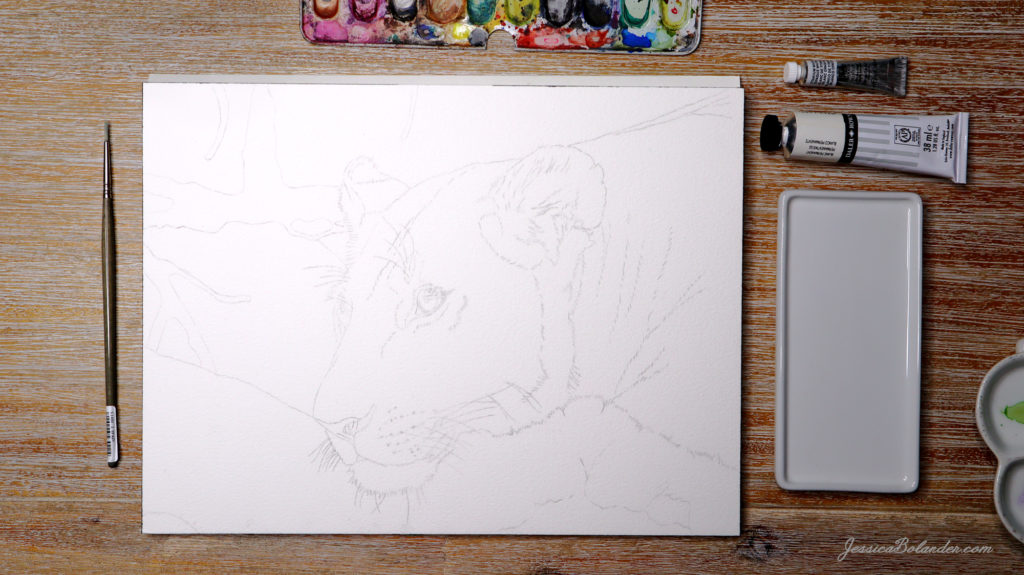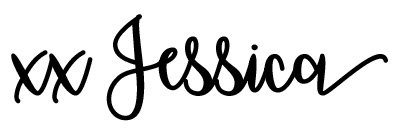
Hey there! Are you a watercolor artist or just starting out? If you are, then you probably already know how important the right paper is when creating a watercolor painting. It’s actually one of the most important ingredients, along with paint and brushes. The right paper can make all the difference in your final artwork and trust me, it can either make or break your painting.
Choosing the right watercolor paper can be a frustrating and overwhelming experience, both for beginners and more advanced artists.
The choice of paper is important, as the paper can greatly affect the final result of your paintings. But with so many factors to consider, including texture, weight, absorbency, and color, it can seem like an impossible task to find the “best” paper for your specific needs and preferences. The frustration of navigating through all the different options, combined with the fear of making the wrong choice, can leave you feeling lost and unsure.
Are you tired of feeling overwhelmed and frustrated when it comes to choosing the right watercolor paper?
Don´t worry, I´ve got you covered!
Choosing the right paper can be tricky, but with my help, you’ll have all the information you need to make a confident decision. Let’s dive into the top ten key aspects to consider:

Top Ten Facts about Watercolor Paper
- Weight: The weight of the paper refers to its thickness. Heavier paper is more durable, less likely to buckle and can result in better paintings, but it may be a bit more expensive. A good minimum weight to consider is 300 gsm/140 lb for its sturdiness and ability to handle heavy washes.
- Surface Texture: The surface texture of watercolor paper is an important factor to consider when selecting your paper. Options include hot press (smooth), cold press (textured), and rough (heavily textured), with cold press being the most versatile option, as it is suitable for a wide range of styles and effects.
- Cotton vs Wood Pulp: Watercolor paper can be made from cotton or wood pulp. Cotton is stronger and more durable, while wood pulp is more affordable. Cotton paper tends to result in brighter and more vivid colors in paintings and it is less likely to yellow over time.
- Acid-free: If you are interested in selling your watercolor paintings, you have to look for acid-free paper. Acid-free paper is designed to resist yellowing and deterioration over time, ensuring that your artwork will look just as beautiful years from now as it does today.
- Watercolor Block vs. Pad: A watercolor block is a stack of paper that is glued on all four sides, with no need for stretching. A watercolor pad has a spiral or glue binding, making it easy to remove sheets but also making it less suitable for wet techniques. Both options offer the convenience of being able to paint anywhere without the need for a flat surface, but the watercolor block provides a sturdier surface for painting.
- Sheets vs. Blocks/Pads: When it comes to watercolor paper, you have the option to go for either individual sheets or a block or pad. Sheets provide more versatility in terms of size and framing options, while blocks and pads are more practical for on-the-go painting or quick sketches. Plus, buying sheets can often be more cost-effective, giving you more paper for your money.
- Paper Sizing: Sizing refers to the amount of sizing agents added to the surface. If the paper has high levels of sizing, it will be less absorbent, and if it has low levels, it will be more absorbent.
It can be tough to figure out the sizing of a watercolor paper before giving it a try. The best way to get an idea is to check out what others have to say about the particular paper you’re interested in. Word-of-mouth and customer reviews can be super helpful in this case. - Color: The base color of the paper, white or cream, can have a big impact on your paintings. Some artists (like me) prefer a white base for brighter, more vibrant colors, while others prefer a cream base for a more muted look. It’s all about personal preference!
- Brands: There are many different brands of watercolor paper available on the market, each with its own unique qualities and characteristics. When choosing a brand, consider factors such as cost, weight, and texture, and read reviews from other artists to get a sense of what others think about the paper. It’s also a good idea to experiment with a few different brands to find the one that works best for you and your painting style.
- Price: Budget is always an important factor to consider. While higher-quality paper may be more expensive, it can also produce better results. Make sure you find a paper that fits both your needs and your budget, but keep in mind that cutting corners on cost may result in lower quality paintings.



Bonus Tip!
Don’t forget that you can paint on the reverse side of watercolor paper, which is perfect for exercises and studies. This not only saves you money but also allows you to make the most out of your paper by using both sides for your artwork. Keep in mind that the reverse side of the paper may have a different texture and absorbency than the front, so it’s important to test it before starting your final piece.
Get ready to create something truly beautiful!
With all these tips in mind, you’re now well on your way to finding the perfect watercolor paper for your next painting! Whether you prefer individual sheets or a handy block/pad, you’ll be able to choose a paper that fits your budget and your needs. Get ready to create something truly beautiful!
What I Recommend:
- Using a block
- 100% cotton paper
- 300 gsm/140 lb, or higher
- Cold press texture for versatility
My Top Three Watercolor Papers:
- Fabriano Artistico Extra White, 100% cotton
- Hahnemüle Collection , 100% cotton
- Bockingford, a high quality wood pulp paper: the perfect budget option!
And hey, did you know you can save this blog article as a downloadable PDF?
It´s true! Print it, re-read it, share it with your friends!
Just fill in the form below and I´ll email you the PDF right away. If you haven´t received the email within 15 minutes or so, be sure to check your spam folder.



Now it´s time for you to bring your watercolor creations to life.
Lots of Love!

PS. Don´t forget to download this blog article as a PDF-file




